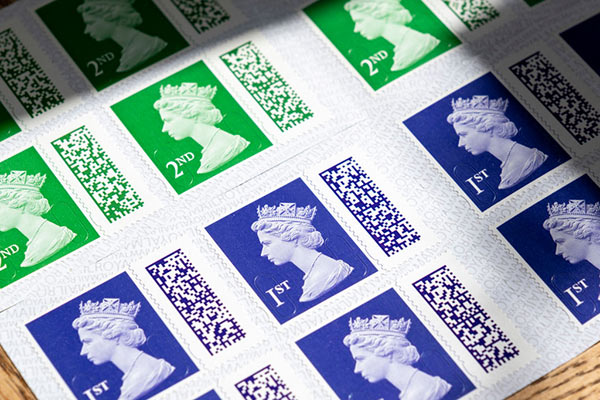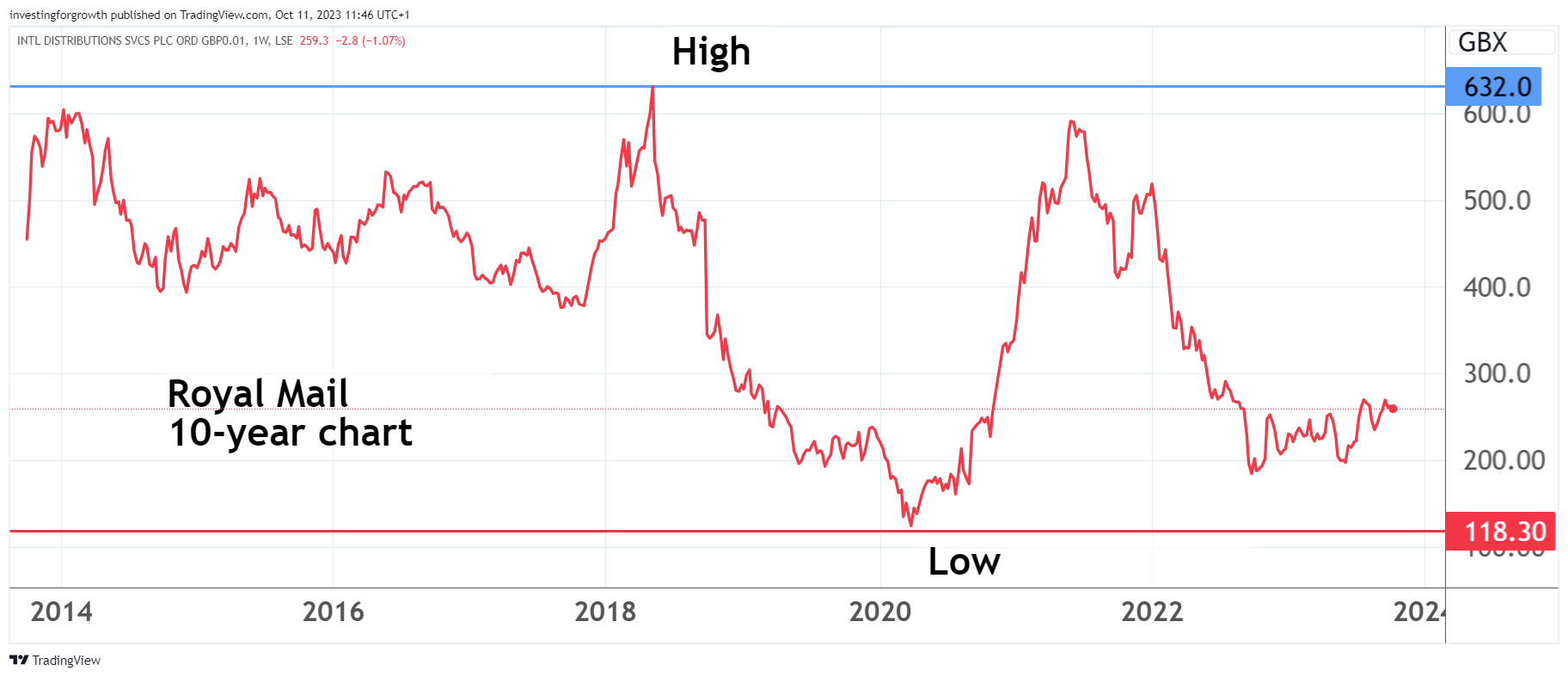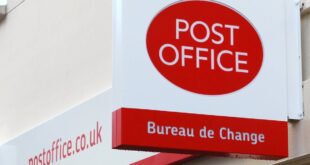It’s now a decade since Royal Mail joined the stock market. Shares jumped 38% on their first day of conditional dealings, a debut that marked the biggest government flotation for two decades.
Fuelled by exceptional levels of demand from City institutions, Royal Mail finished its first month of trading up 68% on the 330p offer price at 556.5p.
This strong performance, which delivered a tidy paper profit for the roughly 700,000 retail investors who participated in the IPO, fuelled accusations that the controversial sale of the 500-year-old state asset had been done on the cheap.
Those still with shares in International Distributions Services (LSE:IDS) – as Royal Mail is now known – probably wish they had taken the opportunity to sell up in those early days.
The stock opened today’s anniversary session at 262.4p, laid low by the aftermath of a lengthy industrial dispute and the pain of a large-scale modernisation programme as the company attempts to deal with declining letter mail volumes.
Why did the flotation take place?
Major utility companies such as BT Group (LSE:BT.A) and British Gas were privatised in 1984 and 1986, followed by Rolls-Royce (LSE:RR.) and British Airways and the regional electricity and water companies.
The 2010 Coalition agreement included a pledge that the government would seek to inject private capital into Royal Mail and explore opportunities for employee ownership.
Business minister Sir Michael Fallon said: “Royal Mail is one of the largest companies in the UK – employing over 150,000 people with a turnover of £9 billion. A company of this size and importance to the UK economy should be able to access flexible capital.”
The intention to list Royal Mail on the stock market came with the European postal market fully liberalised and the likes of Deutsche Post investing £750 million in its parcels network.
Royal Mail needed to secure funding that would enable it to capitalise on opportunities such as the rapid growth of online shopping.
Sir Michael called the flotation a practical, logical and commercial decision, adding that “very few people now question whether the likes of BT, BP (LSE:BP.) or Rolls-Royce should have remained state owned”.
He added that the government’s primary objective was to safeguard Royal Mail’s one-price-goes-anywhere, six-days-a-week universal postal service regarded as “part of the social and economic fabric of the UK”.
Unions called the sell-off a “tragedy” and announced a strike ballot that closed five days after the scheduled start of Royal Mail share dealings.
The CWU’s general secretary Billy Hayes said: “If you happen to have a spare £750, which is the minimum amount being accepted for this sale, I would suggest you spend it on something other than a cherished national institution, which would be better off remaining in public hands.”
What was the company’s financial performance like?
In 2012-13, Royal Mail collected and delivered more than one billion parcels and 14 billion addressed letters across the country.
A first-class stamp cost 60p at the time of the IPO, up 30% on 2012-13 following the introduction of a new regulatory regime that gave Royal Mail more competitive freedom but also included a price cap of 55p on second-class mail. Nowadays, posting a letter with a first-class stamp costs from 125p and the second class equivalent from 75p.
Revenues in 2012-13 topped £9 billion, with £7.6 billion coming from UK postal operations and £1.5 billion from the European logistics arm GLS. Today, GLS accounts for £4.6 billion of annual revenues of £12 billion, while 81% of the total relates to parcel deliveries.
Operating profit for the 52 weeks of the 2013 financial year stood at £403 million, with £294 million from UK postal services and £101 million from GLS. The European division made a profit of £296 million in the 2022-23 financial year, whereas the strike-hit Royal Mail plunged to a £1 billion operating loss.
According to the CEBR, Royal Mail today makes the seventh-largest contribution of any UK company to the country’s economy.

What happened in the flotation?
The government sold 60% of its shareholding in Royal Mail through the initial public offering, with retail investors given the opportunity to buy shares as well as institutions.
The flotation was 24 times oversubscribed. About 700,000 members of the public bought shares in Royal Mail but they didn’t get all they applied for.
Retail investors received an allocation of 227 shares equivalent to £749.10 at the offer price of 330p. That’s now worth about £594. Those who wanted more than £10,000 got nothing.
The flotation also saw 613 shares handed to each eligible postal worker, worth £2,000 each. This amounted to about £490 million for more than 150,000 employees, representing a 10% stake in the company.
About 15,000 Royal Mail employees also purchased shares through a priority offer.
How did shares perform?
The IPO was set at a price of 330p for an overall valuation of £3.3 billion.
The shares jumped to 455p in conditional dealings, a first day increase of £750 million that fuelled complaints that taxpayers had been short-changed by the privatisation. One analyst said the price looked to be undervalued by 80%.
Asked by Channel Four News if he could have raised the sale price when he saw the level of demand for shares, Business Secretary Sir Vince Cable said: “I could have done and I could have joined the speculators and spivs. I’m not interested in doing that,” he said.
He added that the bulk of the shares had gone to long-term institutional investors, mainly British pension funds and insurance companies “who are there for the long term”.
A few months later, however, a report by the National Audit Office disclosed that almost half of the shares allocated to 17 priority investors had been sold within a few weeks of the IPO.
It also revealed that the government had considered a price as low as 260p in order to prioritise certainty. The report concluded that shortcomings in the book building process in the City made it very difficult for the government to sell above 330p once the indicative price range of 260p-330p had been set.
Offsetting the caution, the government at least participated in the price increase via a 30% residual stake it held until 2015.

How have shareholders done?
A record of poor industrial relations and history of losses failed to prevent shares from posting a 72% increase over the first five months, trading in a range of 455p to 615p.
They eventually settled between 400p-550p before their relegation from the FTSE 100 index in 2017. Royal Mail won back its place for a second time in May 2021 as deliveries of Covid test kits and online shopping helped shares as high as 630p during the pandemic.
That period of strong trading led to the return of £400 million of surplus cash to shareholders, with the January 2022 payment of a special dividend of 20p a share.
The last distribution by the company took place in September 2022, when shareholders got a full-year dividend exactly the same as the first award in July 2014 at 13.3p. In total over the past five years the company has distributed £1.3 billion through dividends and buybacks.
However, the strike-hit performance of the heavily loss-making Royal Mail and the investment needs at GLS meant the company – now trading on the stock market as International Distributions Services – did not recommend a final dividend with its 2022-23 annual results.
The shares were as low as 173p by autumn 2022, with Royal Mail struggling to deliver planned productivity improvements and also facing an uncertain economic outlook.

Source: TradingView. Past performance is not a guide to future performance.
What about the future?
The Royal Mail division racked up an operating loss of £1 billion in the last financial year, but this summer’s long-awaited deal with the CWU opens the door to an increase in productivity and eventual return to profitability and dividends.
Investors will hope the leadership of Martin Seidenberg, who is now in overall charge after a successful period running the company’s European logistics business GLS, will inject renewed vigour and direction into the group-wide strategy.
The shares are up by a third since the summer, but having seen a decline in letter volumes of more than 60% from their peak in 2004-05, the company believes its longer-term success hinges on reform of the Universal Service Obligation.
Elevated costs are also a pressing concern, but the mood in the City appears to be increasingly supportive.
Earlier this week Goldman Sachs raised its target price to 369p, while counterparts at UBS and JPMorgan last month revealed upsides to 315p and 310p respectively. In its note to clients, UBS called IDS an “idiosyncratic self-help story”.
The Swiss bank said a mixed historical track record meant execution risks lay ahead, but that expectations for a Royal Mail loss of £280 million in this financial year looked too pessimistic given recent price hikes for letter and parcel deliveries.
The next chapter of the Royal Mail story is due on 17 November, when Seidenberg gets his first chance to address shareholders at the company’s half-year results.
These articles are provided for information purposes only. Occasionally, an opinion about whether to buy or sell a specific investment may be provided by third parties. The content is not intended to be a personal recommendation to buy or sell any financial instrument or product, or to adopt any investment strategy as it is not provided based on an assessment of your investing knowledge and experience, your financial situation or your investment objectives. The value of your investments, and the income derived from them, may go down as well as up. You may not get back all the money that you invest. The investments referred to in this article may not be suitable for all investors, and if in doubt, an investor should seek advice from a qualified investment adviser.
Full performance can be found on the company or index summary page on the interactive investor website. Simply click on the company’s or index name highlighted in the article.
Source link

